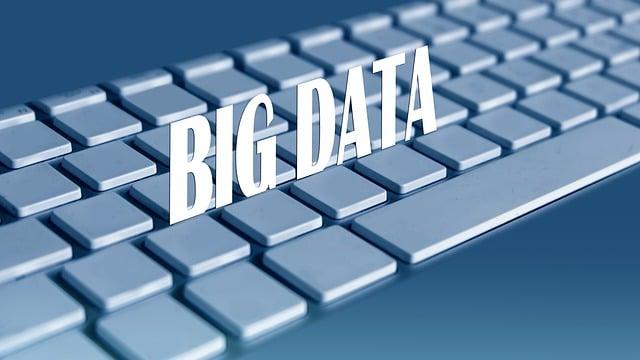In a world inundated with data, the ability to effectively analyze and derive insights from this wealth of information is becoming an increasingly valuable skill. For those looking to dip their toes into the world of data analysis, Python serves as a powerful tool with its versatile libraries and user-friendly syntax. In this beginner’s guide, we will explore the fundamental concepts and techniques of data analysis using Python, equipping you with the knowledge and confidence to navigate the vast landscape of data with ease.
Python is a powerful programming language known for its simplicity and versatility, making it an excellent choice for data analysis tasks. By understanding the basics of Python, you can leverage its capabilities to explore data structures and libraries, implement various data analysis techniques, and create effective data visualizations.
Exploring data structures such as lists, dictionaries, and tuples in Python can help you organize and manipulate data efficiently. Utilizing libraries like NumPy, Pandas, and Matplotlib allows you to perform advanced data analysis tasks with ease. By mastering these tools and techniques, you can gain valuable insights from your data and make informed decisions.
In conclusion, data analysis with Python is a valuable skill that can empower beginners to uncover insights and make informed decisions. By following this beginner’s guide, you can enhance your understanding of data analysis techniques and start leveraging the power of Python for your own projects. So grab your laptop, unleash your curiosity, and dive into the fascinating world of data analysis. The possibilities are endless and the journey is just beginning. Happy analyzing!


